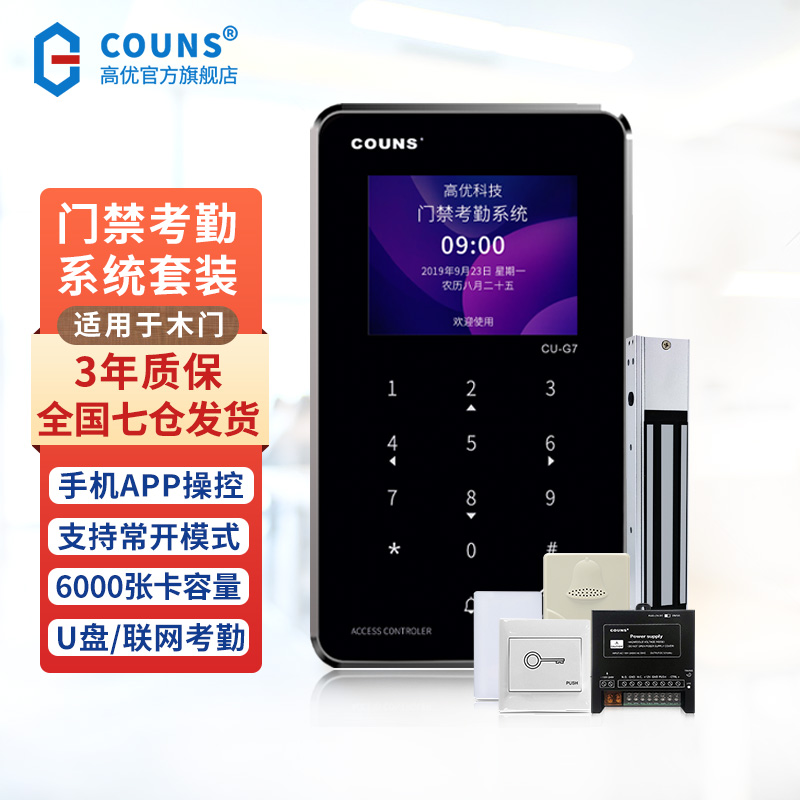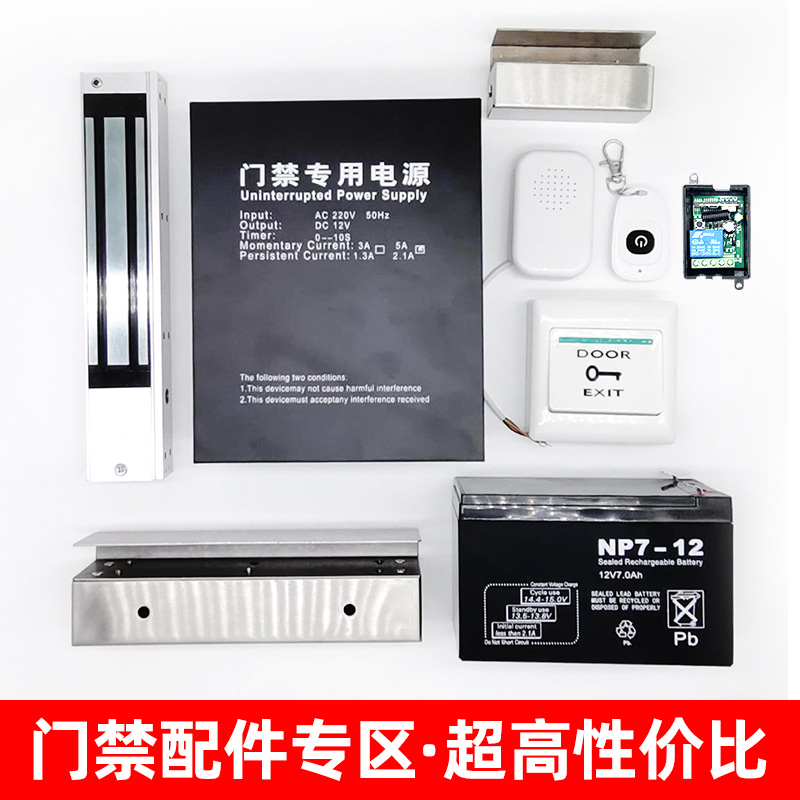智能考勤门禁技术:解锁高效办公新模式
甙邵登峰
2024-11-08 19:29:04
0次
智能考勤门禁技术:解锁高效办公新模式
随着科技的飞速发展,智能门禁系统逐渐成为现代办公环境中的关键组成部分。其中,智能考勤门禁技术更是为办公室带来了高效便捷的新模式。本文将深入探讨智能考勤门禁技术如何重塑我们的工作模式,开启高效办公新纪元。
一、智能考勤门禁技术的定义
智能考勤门禁技术是指结合现代信息处理技术,如生物识别、网络通信等,实现门禁系统的自动化、智能化管理。通过该技术,员工可以快速、安全地进出办公室,同时系统能自动记录员工的考勤信息。
二、智能考勤门禁技术的优势
1. 提高工作效率:智能考勤门禁技术能够实时记录员工的进出情况,减少人工登记的繁琐步骤,提高工作效率。
2. 保障安全:通过生物识别技术,如指纹识别、面部识别等,有效保障了办公室的安全,防止未经授权的人员进入。
3. 方便管理:系统可生成详细的考勤报告,帮助企业更方便地管理员工,优化人力资源配置。
4. 节省成本:减少人力投入,降低企业运营成本。
三、如何应用智能考勤门禁技术解锁高效办公新模式
1. 人脸识别或指纹识别技术:采用生物识别技术,实现快速、安全的员工身份验证。
2. 智能数据分析:通过大数据分析员工的考勤数据,帮助企业更好地了解员工的工作习惯,优化工作时间安排。
3. 智能通知系统:当员工迟到或早退时,系统可自动发送通知,提醒员工注意工作纪律。
4. 联动其他办公系统:将智能考勤门禁系统与其他办公系统(如OA系统、人力资源管理系统等)相连接,实现信息的共享和互通。
5. 实时监控与报警:通过智能门禁系统的实时监控功能,对异常情况进行实时报警,如未授权的访问等。
四、翻译成英文
Smart Attendance and Access Control Technology: Unlocking a New Efficient Office Model
With the rapid development of technology, smart access control systems have become a crucial component of the modern office environment. Among them, smart attendance and access control technology has brought a new and efficient model to the office. This article will delve into how smart attendance and access control technology reshapes our work patterns and opens a new era of efficient office work. I. Definition of Smart Attendance and Access Control Technology Smart attendance and access control technology refers to the automation and intelligent management of access control systems combined with modern information processing technologies such as biometrics and network communication. Through this technology, employees can quickly and safely enter and exit the office, and the system can automatically record employee attendance information. II. Advantages of Smart Attendance and Access Control Technology 1. Improving Work Efficiency: Smart attendance and access control technology can record employee entry and exit in real time, reducing the tedious steps of manual registration and improving work efficiency. 2. Ensuring Safety: Biometric technologies such as fingerprint or facial recognition effectively secure the office and prevent unauthorized personnel from entering. 3. Convenient Management: The system can generate detailed attendance reports to help companies more conveniently manage employees and optimize human resource allocation. 4. Cost Savings: Reducing the need for manual labor and lowering the operating costs of the enterprise. III. How to Apply Smart Attendance and Access Control Technology to Unlock a New Efficient Office Model 1. Biometric Recognition Technology: Use biometric recognition technologies such as facial or fingerprint recognition for quick and secure employee identity verification. 2. Intelligent Data Analysis: Analyze employee attendance data through big data to help companies better understand employee work habits and optimize work schedule arrangements. 3. Smart Notification System: When an employee is late or leaves early, the system can automatically send a notification to remind them of work discipline. 4. Integration with Other Office Systems: Connect the smart attendance and access control system with other office systems (such as OA systems, human resource management systems, etc.) to achieve information sharing and interconnection. 5. Real-time Monitoring and Alerts: Use the real-time monitoring function of the smart access control system to generate alerts for abnormal situations, such as unauthorized access.相关内容
热门资讯
考勤门禁系统:企业管理的得力助...
考勤门禁系统是现代企业管理的重要工具,可提高考勤效率、增强安全保障、优化管理流程,助力企业合规与法规...
考勤门禁系统:如何选择适合企业...
摘要:选择适合企业的考勤门禁系统需考虑企业需求、系统功能、硬件设备、用户体验及售后服务与技术支持。应...
办公室里的智能守护者——考勤门...
考勤门禁系统是办公室的智能守护者,集身份验证、考勤管理和安全防护于一体,提高工作效率和安全性,保障员...
办公楼考勤门禁解决方案:提升员...
办公楼考勤门禁解决方案提升员工管理效率,包括智能门禁、自动化考勤和移动端应用集成。该方案能提高管理效...
智能考勤门禁:企业办公安全的守...
智能考勤门禁系统,集身份识别、门禁控制、考勤管理于一体,提高企业办公安全性和管理效率,广泛应用于各企...
考勤门禁系统:打造现代化办公环...
考勤门禁系统是现代办公环境的必备品,可实现出入控制、考勤记录和安全报警等功能,提高效率、增强安全,便...
智能考勤门禁系统的实际应用与价...
智能考勤门禁系统广泛应用于企业、学校和医院等,通过科技结合提高管理效率、保障安全并推动信息化建设,具...
智能门禁考勤系统:安全、高效,...
智能门禁考勤系统:通过安全、高效的特点,提高企业安全性和管理效率,塑造现代化形象。广泛适用于企业机构...
智能化考勤门禁系统:提升企业管...
智能化考勤门禁系统提高企业效率,安全便捷,可实时数据分析。其高效、安全、便捷及数据分析优势,可提升企...
考勤门禁技术:现代办公楼宇的必...
在现代办公环境中,考勤门禁技术通过身份验证和授权管理,为办公楼宇提供高效安全保障,记录分析人员进出情...



